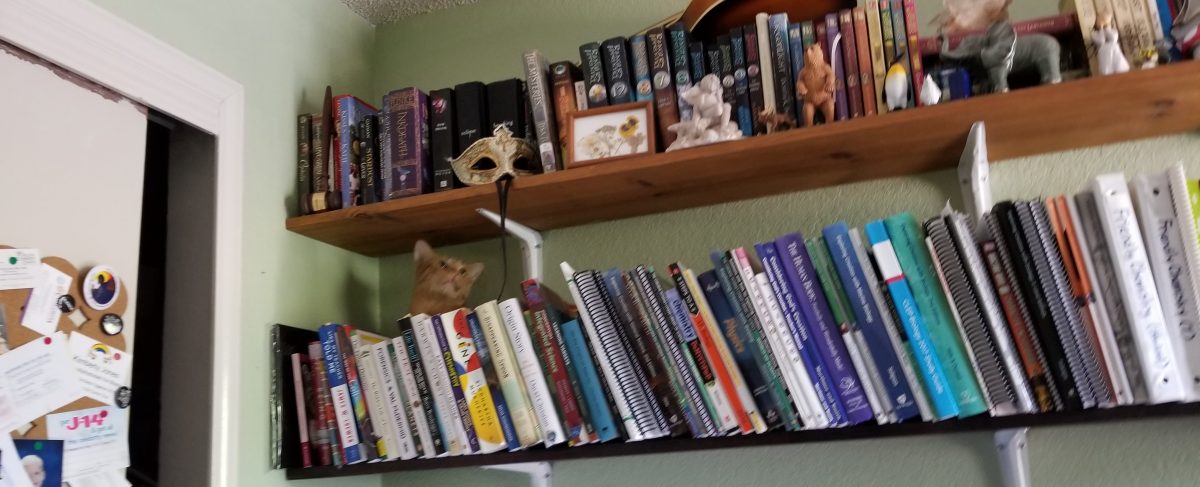One of the many benefits of attending college or university
is the opportunity to learn new perspectives. My perspectives have grown and
changed while being in the military, attending The University of Texas in
Austin and in parenting my diverse set of children (and past foster children).
As a parent of an Afro-Latina child I have been working to not only celebrate
her heritage and cultures but to understand my own and the privilege afforded
me by no effort of my own. That work is
always in progress. I’m taking a class
in Multicultural Teaching and Learning that is amazing. We recently had an assignment where we were
required to read an article on school to prison pipelines and watch the
documentary 13th. Both were
incredibly eye opening. My reflections
follow.
I had a basic understanding of the social justice issue of mass incarceration and school to prison pipelines, or so I thought. Both the article and movie were incredibly informative. Ms. DuVernay is an amazing interviewer and storyteller. She was able to weave historical context of slavery, convict leasing, Jim Crow laws that lead to second class citizenship and policies and practices leading to our current state of mass incarceration. As she stated, “You can’t tell the story of now without understanding the past.”. Her interviewees were leaders in the field of experience, (such as Angela Davis, Malkia Cyril, Shaka Senghor) and education and law (Baz Dreisinger, Malcolm Freely, Khalil Muhammed) and politicians (Cory Booker, Newt Gingrich and Charles Rangel). She even interviewed politician with opposing views (Michael Hough, Craig DeRoche, Davide Keen) trying to give voice to both sides. She said in her follow up interview with Oprah Winfrey that 40% of the people she interviewed were conservatives. I was stunned to find that 97% of the people in jail or prison have not had a trial. With the newly acquired understanding that most today’s prosecutors are white, combined with generations of fear mongering and misinformation about people of color and financial burden placed on those arrested, I am not surprised. The idea, as Bryan Stevenson state, “Wealth not culpability shapes consequences.”, is wrong and unfair on so many levels. While reading the article on the school to prison pipelines I noticed so many similarities. Media driven fears, no tolerance policies, high stakes testing are used to remove “troublesome” and or poor performing students from the school system. Disproportionately, like in the adult population, this burden falls on children who are poor and or people of color. It seems to me that many of our school children are doubly disadvantaged. Poor and people of color rights are easily brushed aside and so are children’s rights. Students, as victims of school to prison track are both. Ignorance of due process, Miranda rights, unclear expectations and disciplines for misbehavior lead to a system that is difficult to fight. I’m thankful to be part of a recently appointed equity task for the school my youngest attends. When you know better, do better 😊

